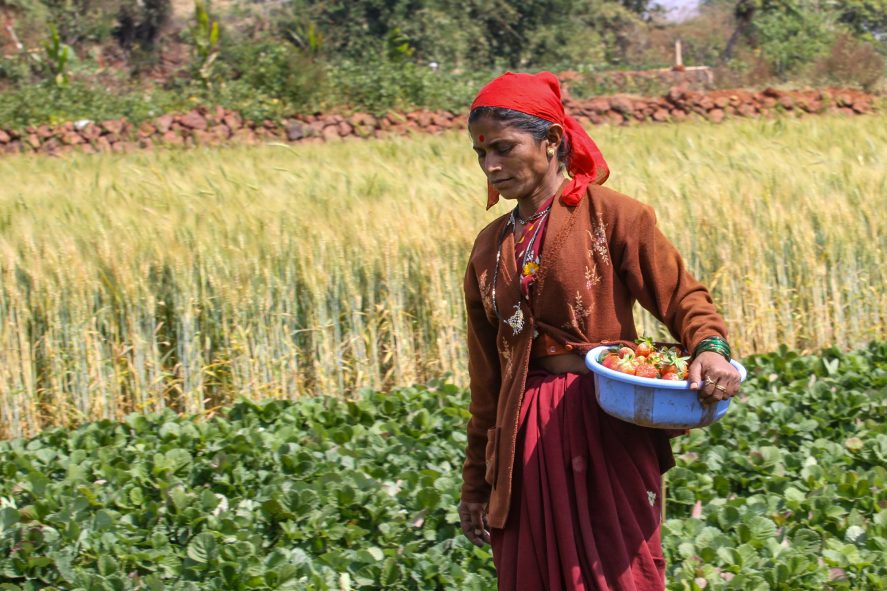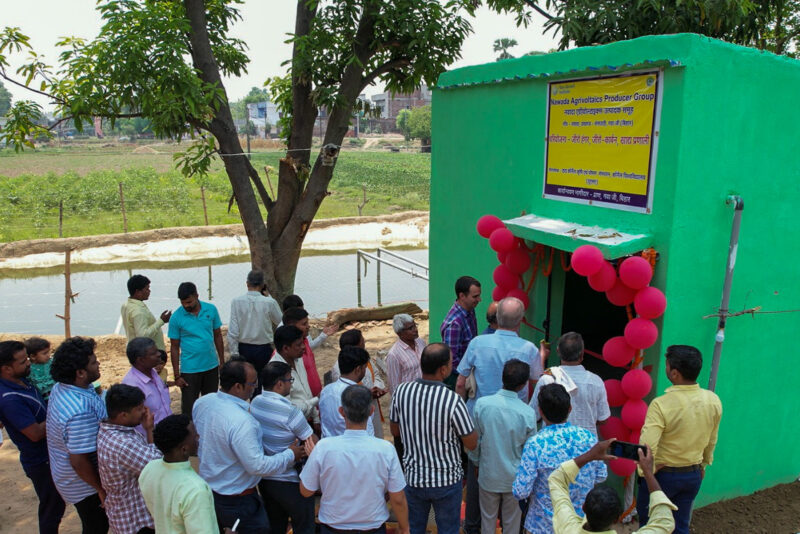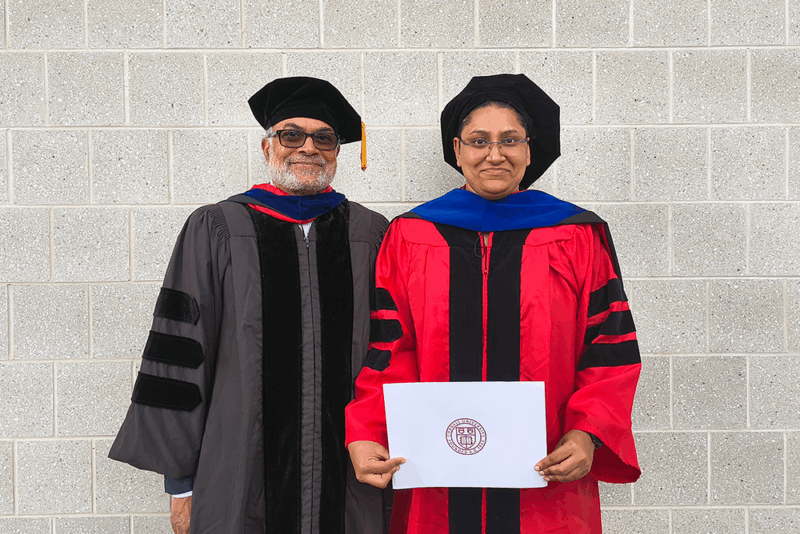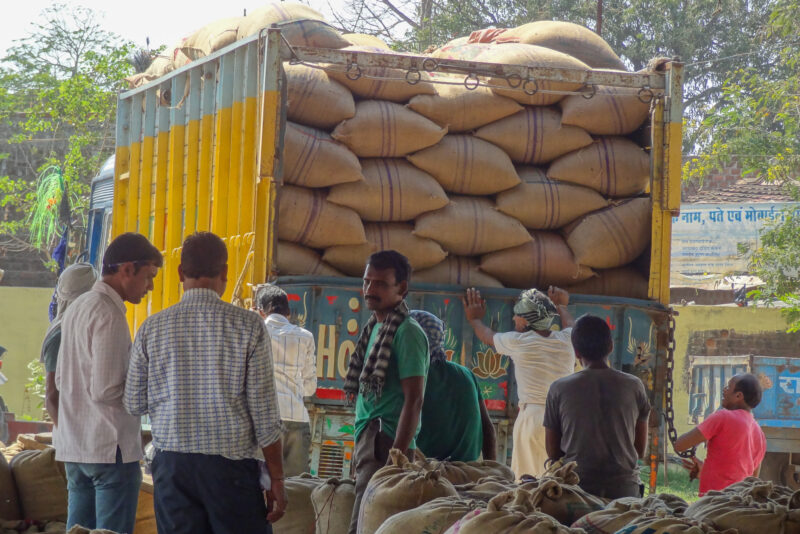FPOs or Bust: Farm Aggregation Review Finds Newer Models Are the Most Successful

As demand for high-value, diverse agricultural products rises throughout the developing world, smallholder farmers face pressure to either commercialize or exit the farm sector altogether. Farmers that can scale up their operations have a significant opportunity to improve their livelihoods.
According to a study from the Tata-Cornell Institute for Agriculture and Nutrition (TCI), a new generation of farm aggregation models, such as farmer producer organizations (FPOs), can help such smallholders by improving their access to credit, technology, and extension services.
Aggregation models enable farmers to jointly manage resources or access credit, inputs, information, and product markets, in addition to reducing transaction costs. This empowers smallholders to overcome their size-related disadvantages and commercialize their operations.
“Promoting these models more widely in smallholder agricultural systems is critical to rectifying smallholder disadvantages in the marketplace and improving the livelihoods of millions of farmers throughout the developing world.”
Published in the journal Food Policy, the TCI study is a scoping review of the existing global literature on farm aggregation models. Coauthors Mathew Abraham, Leslie Verteramo Chiu, Ekta Joshi, Muhammad Ali Ilahi, and Prabhu Pingali found that while older models, like cooperatives, often failed to adapt to market transformations, newer models facilitated commercialization and household-level welfare by enhancing market access.
“Our review of the expansive literature on farm aggregation shows that newer models like FPOs are important tools for economic development,” said Abraham, assistant director at TCI and lead author of the study. “Promoting these models more widely in smallholder agricultural systems is critical to rectifying smallholder disadvantages in the marketplace and improving the livelihoods of millions of farmers throughout the developing world.”
Most of the aggregation models identified in the review specialized in higher-value agricultural products, such as fruits and vegetables, livestock, and cash crops like coffee or tea. The researchers stressed that different aggregation models might have the potential to address challenges faced by smallholders in different contexts. “We need to move away from a single cookie-cutter model in favor of diverse arrangements in order to increase farmer participation and ensure the viability of aggregation models,” Abraham said.
While FPOs and other models were found to improve access to factor markets for extension services, credit, information, technical assistance, technology access, and marketing services, the review revealed that joint selling was relatively low. By granting farmers greater bargaining power, joint selling can reduce transaction costs. It can also help farmers to identify buyers and lower transportation costs. Abraham suggested that aggregation models have been less successful with joint selling because it requires higher coordination levels between members than accessing and distributing inputs.
“We need to move away from a single cookie-cutter model in favor of diverse arrangements in order to increase farmer participation and ensure the viability of aggregation models.”
Based on the studies reviewed by the TCI researchers, cooperatives remain the leading aggregation model in the developing world. However, newer models have taken hold in India, Mexico, Kenya, and South Africa. FPOs are the dominant form of aggregation in India, with 16,812 registered as of 2021.
The creation of new aggregation models was spurred by the introduction of structural reforms designed to liberalize the economies of developing countries in the 1990s. The new models resembled cooperatives in that they were voluntary, member-controlled, and autonomous, but differed in their structure of governance, member rights, and market orientation. While cooperatives often failed to adapt due to low market orientation and excessive state control, the new models were able to address the unique market and production challenges that resulted from changing consumer demands.
The researchers selected 246 studies published between 1980 and 2021 for their review. They found several limitations in the overall literature, including an overrepresentation of some countries and regions and a bias in favor of successful models that could unfairly support a predetermined belief that aggregation benefits smallholder farmers.
“As countries like India put more of their support behind FPOs and other aggregation models to support smallholders, we need to pursue a more rigorous research agenda to confirm that such models are truly effective and beneficial to farmers,” Abraham said.
The study is part of TCI’s project on FPO-Led Small Farm Market Access Models, which aims to create lessons, tools, and resource pathways to strengthen small farm aggregators. In September 2021, TCI launched an FPO Hub within its Center of Excellence. The Hub serves as a repository of learnings, information, and knowledge for the advancement of FPOs in India.
Featured image: A woman harvests strawberries in Maharashtra, India. (Photo by Parikh Mahendra N on Shutterstock)





